Nestled in the heart of the Himalayas, Kargil is a destination that offers a perfect blend of history, culture, and natural beauty. Known for its strategic location along the Srinagar-Leh highway, Kargil has long been a melting pot of diverse cultures, traditions, and religions. From ancient monasteries perched on rugged cliffs to serene valleys surrounded by snow-capped peaks, Kargil is a treasure trove of experiences waiting to be explored. In this comprehensive guide, we will delve into the top 5 places to visit in Kargil , highlighting their unique features, historical significance, and why they should be on every traveler’s itinerary.
1. Drass Valley: The Gateway to Adventure and Serenity
Exploring the Second Coldest Inhabited Place on Earth
The Drass Valley , located just 60 kilometers west of Kargil, is renowned for being one of the coldest inhabited places on Earth, second only to Siberia. During the harsh winter months, temperatures can plummet to as low as -45°C, making it a challenging yet fascinating destination for adventurers and nature enthusiasts alike.
Despite its extreme climate, Drass Valley is a place of breathtaking beauty. Surrounded by towering mountains and lush meadows, the valley transforms into a vibrant tapestry of colors during the summer months. Wildflowers bloom in abundance, and the crisp mountain air provides a refreshing escape from the hustle and bustle of city life.
Trekking and Outdoor Adventures
For those seeking adventure, Drass Valley offers numerous trekking opportunities. One of the most popular routes is the Mushkoh Valley Trek , which takes you through picturesque landscapes and remote villages. Along the way, you’ll encounter streams, waterfalls, and panoramic views of the surrounding peaks.
Another must-visit spot is the Tiger Hill , famous for its role in the 1999 Kargil War. Today, Tiger Hill serves as a memorial site where visitors can pay tribute to the brave soldiers who fought valiantly to defend the nation. The hill also offers stunning views of the Drass Valley and the nearby Zojila Pass.
Cultural Insights and Local Hospitality
The people of Drass Valley are predominantly Balti Muslims, known for their warm hospitality and rich cultural heritage. Visitors are often invited into local homes to experience traditional Balti cuisine, which includes dishes like thukpa (noodle soup) and momos (dumplings). These interactions provide a deeper understanding of the region’s unique customs and way of life.
2. Mulbekh Monastery: A Spiritual Retreat Amidst Rugged Beauty
Discovering the Iconic Maitreya Buddha Statue
Perched atop a rocky hill overlooking the Srinagar-Leh highway, the Mulbekh Monastery is one of Kargil’s most iconic landmarks. The monastery is home to a massive 9-meter-tall statue of the Maitreya Buddha , carved directly into the rock face. This awe-inspiring sculpture dates back to the 8th century and is believed to have been created by Buddhist missionaries who traveled through the region.
The Maitreya Buddha statue is not only a testament to the artistic prowess of ancient craftsmen but also a symbol of peace and spirituality. Pilgrims and tourists alike flock to Mulbekh to meditate, pray, and marvel at the intricate details of the carving.
Exploring the Monastery Complex
Beyond the Maitreya Buddha statue, the Mulbekh Monastery complex houses several smaller shrines and prayer halls. Inside, you’ll find colorful murals depicting scenes from Buddhist mythology, as well as ancient manuscripts and relics that offer a glimpse into the region’s religious history.
Visitors are encouraged to participate in guided tours led by local monks, who share fascinating stories about the monastery’s origins and its significance in Tibetan Buddhism. These tours often include chanting sessions and meditation practices, allowing you to immerse yourself fully in the spiritual atmosphere.
Surrounding Landscapes and Scenic Views
The journey to Mulbekh Monastery is an adventure in itself. The road winds through rugged terrain, offering breathtaking views of the surrounding mountains and valleys. Once you reach the top, you’ll be rewarded with panoramic vistas that stretch as far as the eye can see.
Photographers will find endless inspiration in the dramatic landscapes and the interplay of light and shadow on the rocky cliffs. Early mornings and late afternoons are particularly magical, as the golden sunlight enhances the colors of the scenery.
3. Pensi La Pass: A High-Altitude Marvel
Crossing the Roof of the World
At an elevation of 4,400 meters above sea level, Pensi La Pass is one of the highest motorable passes in the world. Located on the border between Kargil and Zanskar, this high-altitude marvel serves as a gateway to the remote and pristine Zanskar Valley.
The drive to Pensi La Pass is an exhilarating experience, with winding roads that hug the edge of steep cliffs. Along the way, you’ll pass through barren landscapes dotted with glaciers, frozen lakes, and snow-covered peaks. The sheer grandeur of the surroundings leaves travelers awestruck.
Frozen Lakes and Glacial Wonders
One of the highlights of visiting Pensi La Pass is the opportunity to see the Drang-Drung Glacier , one of the largest glaciers in the Himalayas. Stretching over 23 kilometers, this massive ice formation feeds several rivers, including the Suru River, which flows through Kargil.
During the winter months, the glacier transforms into a frozen wonderland, attracting adventurers and mountaineers from around the globe. Ice climbing, snow trekking, and camping are some of the activities available for those seeking a true test of endurance.
Seasonal Beauty and Wildlife Encounters
Each season brings its own charm to Pensi La Pass. In spring, the snow begins to melt, revealing lush meadows filled with wildflowers. Summer offers mild temperatures and clear skies, making it the ideal time for hiking and photography. Autumn, with its fiery hues of red and gold, creates a stunning contrast against the stark white backdrop of the mountains.
Wildlife enthusiasts will be delighted to spot species such as ibex, blue sheep, and snow leopards in their natural habitat. Birdwatchers can also look forward to sightings of Himalayan griffon vultures, lammergeiers, and other rare avian species.
4. Kargil War Memorial: Honoring Bravery and Sacrifice
Remembering the Heroes of the 1999 Conflict
The Kargil War Memorial , located near the town of Dras, stands as a poignant tribute to the brave soldiers who lost their lives during the 1999 Kargil War. This conflict, fought between India and Pakistan, was one of the most significant military operations in modern history.
The memorial features a wall inscribed with the names of all the soldiers who made the ultimate sacrifice. It also includes a museum showcasing artifacts, photographs, and personal belongings of the martyrs. Visitors are often moved to tears by the stories of courage and resilience displayed during the war.
Educational Value and Emotional Impact
For history buffs and students, the Kargil War Memorial offers valuable insights into the geopolitical dynamics of the region. Interactive exhibits and multimedia presentations provide a comprehensive overview of the events leading up to the conflict, as well as the strategies employed by the Indian Army to reclaim occupied territories.
“The Kargil War Memorial is not just a monument; it is a reminder of the sacrifices made to protect our freedom.” – A visitor’s reflection.
Scenic Surroundings and Reflection Areas
Surrounded by towering mountains and lush greenery, the memorial provides a serene environment for contemplation and reflection. Benches and seating areas are strategically placed throughout the grounds, allowing visitors to sit quietly and absorb the gravity of the situation.
Many travelers choose to spend hours here, reading the inscriptions, taking photographs, and paying their respects. The sound of the wind rustling through the trees adds to the solemnity of the atmosphere, creating a deeply moving experience.
5. Zanskar Valley: A Hidden Gem of Tranquility
Unveiling the Secrets of a Remote Paradise
Accessible via the treacherous Pensi La Pass, the Zanskar Valley is often referred to as the “Land of White Copper” due to its shimmering glaciers and snow-covered peaks. This remote and untouched region is a haven for those seeking solitude and serenity amidst nature’s raw beauty.
Zanskar is home to several ancient monasteries, including Karsha Monastery , one of the largest in the region. Perched on a hilltop overlooking the village of Karsha, this monastery houses centuries-old frescoes, thangkas (scroll paintings), and statues that reflect the rich cultural heritage of the Zanskaris.
Adventure Activities and Trekking Trails
For adventure seekers, Zanskar offers some of the most challenging and rewarding trekking trails in the world. The Chadar Trek , which involves walking on the frozen surface of the Zanskar River, is a bucket-list experience for many. This multi-day expedition takes you through narrow gorges, icy caves, and remote villages, providing a once-in-a-lifetime opportunity to connect with nature.
Other popular treks include the Padum-Manali Trek and the Darcha-Padum Trek , both of which traverse breathtaking landscapes and high-altitude passes. Along the way, you’ll encounter yak herders, nomadic tribes, and ancient ruins that tell the story of Zanskar’s storied past.
Cultural Immersion and Homestays
To truly appreciate the charm of Zanskar, it’s essential to engage with the local communities. Many villages offer homestay programs, where visitors can live with Zanskari families and learn about their daily lives, traditions, and beliefs. Meals typically consist of barley-based dishes, butter tea, and dried meat, providing a taste of authentic Zanskari cuisine.
Participating in local festivals, such as Losar (the Tibetan New Year), is another way to immerse yourself in the culture. These celebrations are marked by vibrant dances, music, and rituals that showcase the region’s deep-rooted spirituality.
Conclusion: Why Kargil Should Be Your Next Travel Destination
Kargil is more than just a stopover on the Srinagar-Leh highway—it is a destination that captivates the soul with its unparalleled beauty, rich history, and warm hospitality. Whether you’re an adventurer, a history enthusiast, or someone looking to reconnect with nature, Kargil has something special to offer.
“Traveling to Kargil isn’t just about seeing new places; it’s about experiencing the resilience of humanity and the majesty of the Himalayas.”
From the icy heights of Pensi La Pass to the tranquil valleys of Zanskar, every corner of Kargil tells a story worth hearing. So pack your bags, lace up your boots, and embark on a journey that promises memories to last a lifetime.
Frequently Asked Questions (FAQs)
- What is the best time to visit Kargil?
- The ideal time is between May and September when the weather is pleasant.
- How do I reach Kargil?
- Kargil is accessible via road from Srinagar and Leh. Flights to nearby airports are also available.
- Are there accommodations available in Kargil?
- Yes, options range from budget guesthouses to mid-range hotels.
- Is it safe to travel to Kargil?
- Yes, Kargil is generally safe, but it’s advisable to check travel advisories before planning your trip.
- Can I visit Zanskar Valley without trekking?
- Yes, limited road access is available during the summer months.
- What should I pack for a trip to Kargil?
- Warm clothing, sturdy shoes, sunscreen, and a camera.
- Are there entry fees for monasteries?
- Some monasteries may charge a nominal fee for maintenance.
- What languages are spoken in Kargil?
- Urdu, Balti, and English are commonly spoken.
- Is internet connectivity reliable in Kargil?
- Basic connectivity is available, but remote areas may lack strong signals.
- What souvenirs can I buy in Kargil?
- Handwoven rugs, silver jewelry, and locally crafted artifacts make excellent keepsakes.

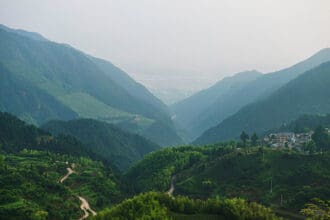

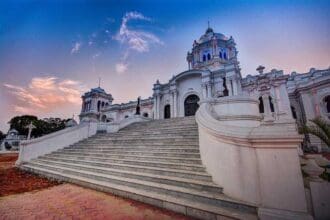



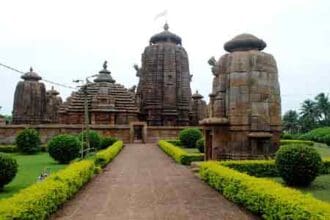

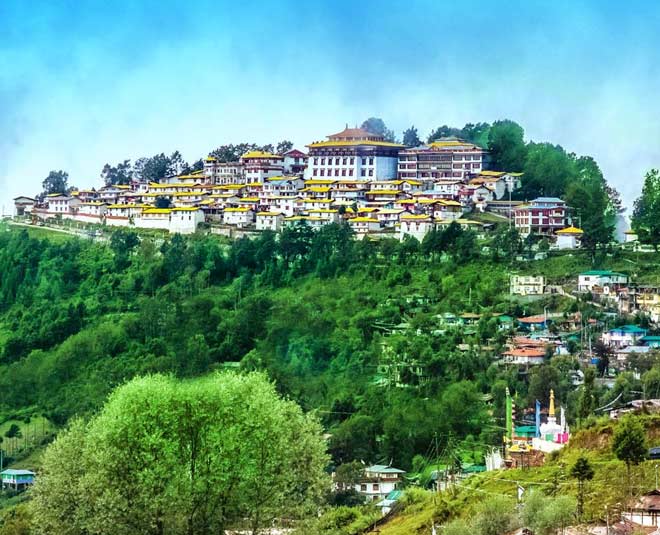
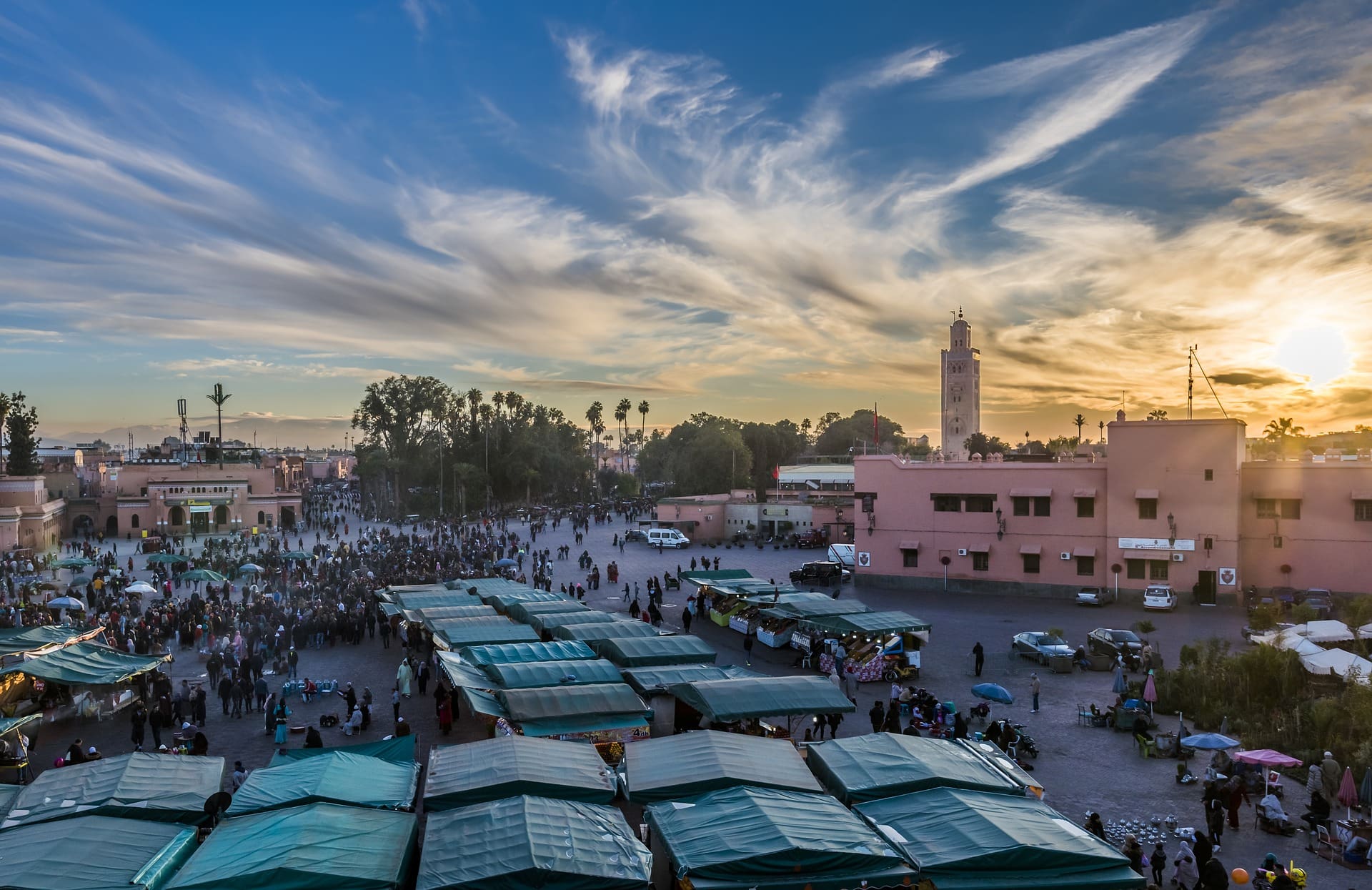



purchase amoxil online – combamoxi amoxicillin online buy